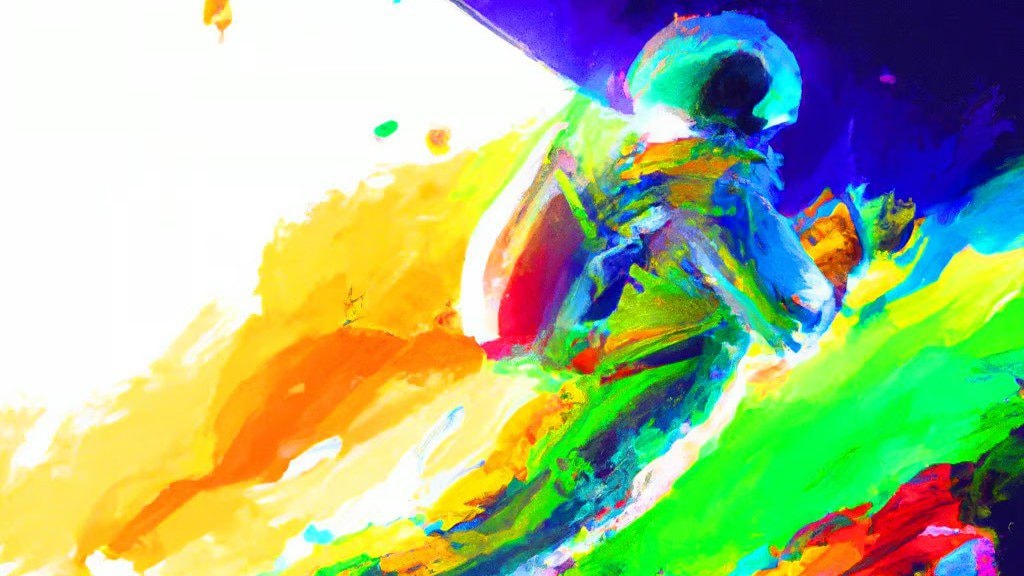AI News Bureau
OpenAI to Label DALL-E 3 Generated Images
The metadata embedded in images from ChatGPT and the OpenAI API includes details about the AI tool's source and the generation date.
Written by: CDO Magazine Bureau
Updated 4:58 PM UTC, Fri February 9, 2024

Ruby Chen × DALL·E
AI-generated deepfakes have become very common recently. Moreover, aligning with President Biden’s executive order mandating the labeling of AI-generated content, OpenAI has implemented watermarks on images produced by its text-to-image generative AI model DALL-E 3 through ChatGPT and the OpenAI API as a measure to enhance content authenticity. The company shared this development on X, noting that the images now incorporate metadata following the C2PA specifications.
C2PA, the Coalition for Content Provenance and Authenticity, offers a technical standard adopted by major entities like Adobe, Microsoft, and the BBC. Its purpose is to counter deepfakes and misinformation by certifying the origin and history of media content.
The metadata embedded in images from ChatGPT and the OpenAI API includes details about the AI tool’s source and the generation date. This metadata can be accessed by uploading the image to platforms like Content Credentials. Although the addition of C2PA metadata slightly increases file size, OpenAI claims that it doesn’t compromise image quality.
While watermarking images is deemed a positive step towards validating AI-generated content, its effectiveness is limited as metadata can be easily removed, as stated by the official blog post.
For example, social media platforms typically strip metadata from uploaded images, and actions like taking screenshots can also eliminate it. OpenAI emphasizes that images lacking this metadata may or may not have originated from ChatGPT or their API. Furthermore, it is clarified that C2PA-embedded watermarks only apply to image generation, excluding voice or text generation through ChatGPT or the OpenAI API.


